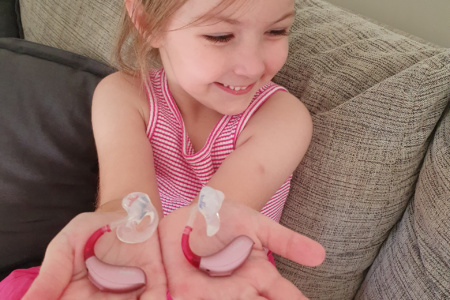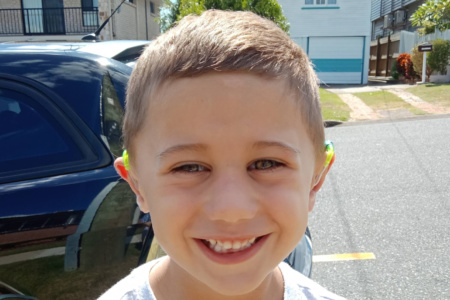Keeping an eye on children’s language development and literacy development is important to ensure they’re developing at the same rate as their peers. By diagnosing hearing loss, it reduces the chance of speech and language delays, learning difficulties, behavioural problems and the need for increased support.
We are currently experiencing internet and phone issues in some of our centres. For all enquiries, please contact mail@hearandsay.com.au.
Hearing tests for kids at school
Screening hearing to ensure students are hearing optimally
Book Your SchoolHelping children get the most out of their education
students hearing health screened
schools visited to pick up previously undiagnosed issues
students were found with hearing or ear health issues needing monitoring or follow up
*2020-21 financial year
The school classroom can be a busy and noisy environment, especially for children with hearing loss. This can impact their ability to learn and may lead to speech and language delays, educational difficulties, behavioural problems and the need for increased support.
So that no student falls through the cracks, Hear and Say partners with schools to provide vital hearing screening to ensure students are hearing optimally.
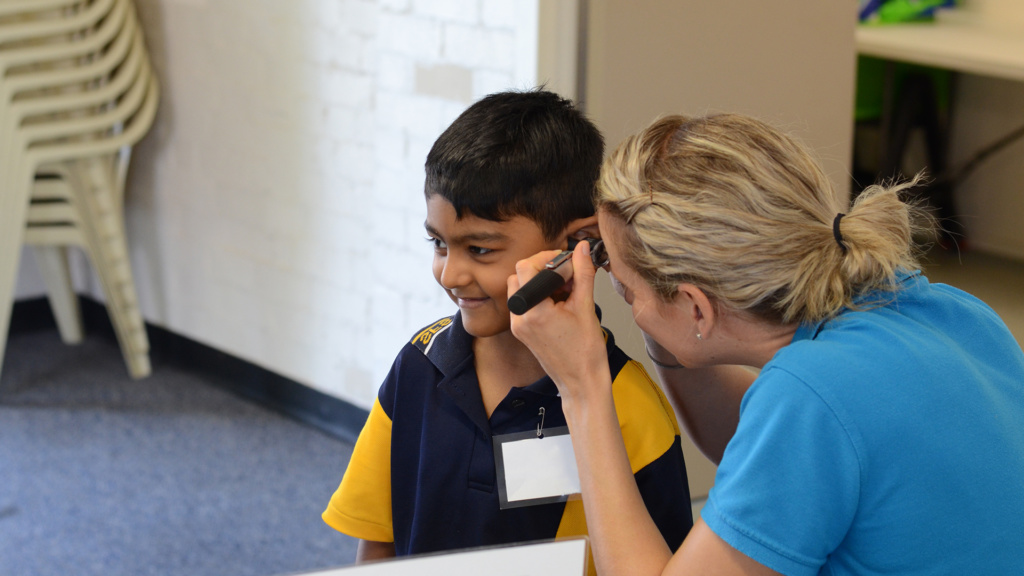
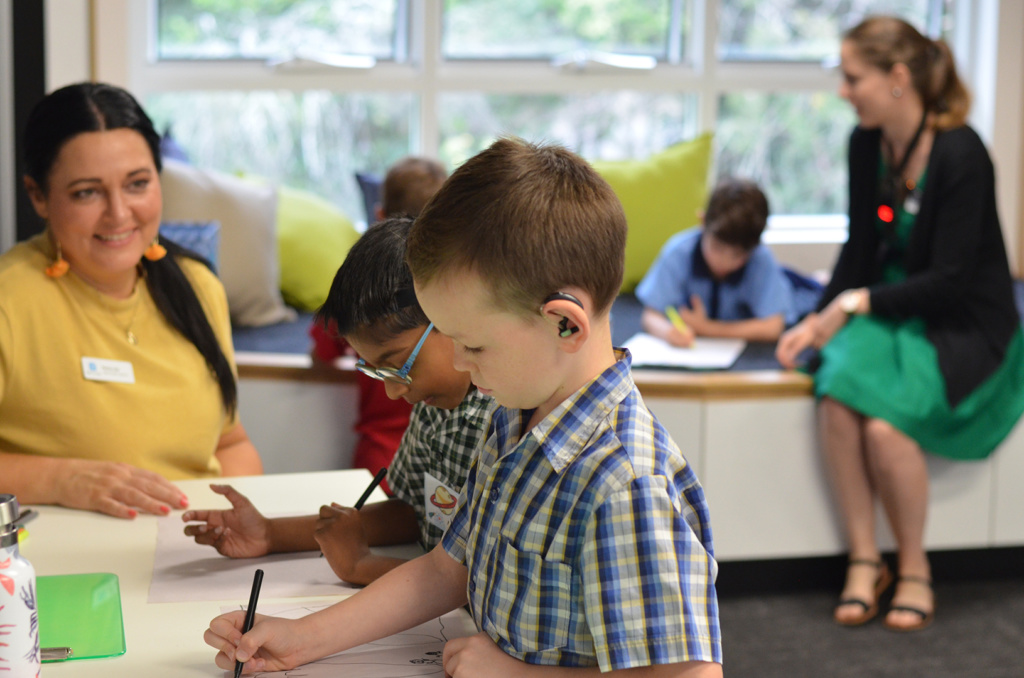
Signs of hearing loss in children
Even though a baby might have passed the newborn hearing screen, hearing loss can come on at any point in time. For some kids, their hearing can change gradually, often without anyone noticing.
There are different signs of hearing loss to look out for in children; these signs can change depending on the child’s age. If a child is experiencing any of the following symptoms of hearing loss, their hearing should be evaluated.
Impact of hearing loss on learning
How hearing can be tested?
Our mobile team of experts provides hearing screening to schools across Queensland, through our Hear to Learn – School Hearing Screening program. We empower children to get the most from their education, now and into the future.
This cost effective and clinical screening program is recommended for all Prep and primary school aged children, and can:
- Screen up to 90 children a day
- Provide detailed reports for parents and schools within seven days
- Follow up with parents to assist them to navigate referral pathways
- The program is supported and clinically reviewed by our highly trained paediatric audiologists.
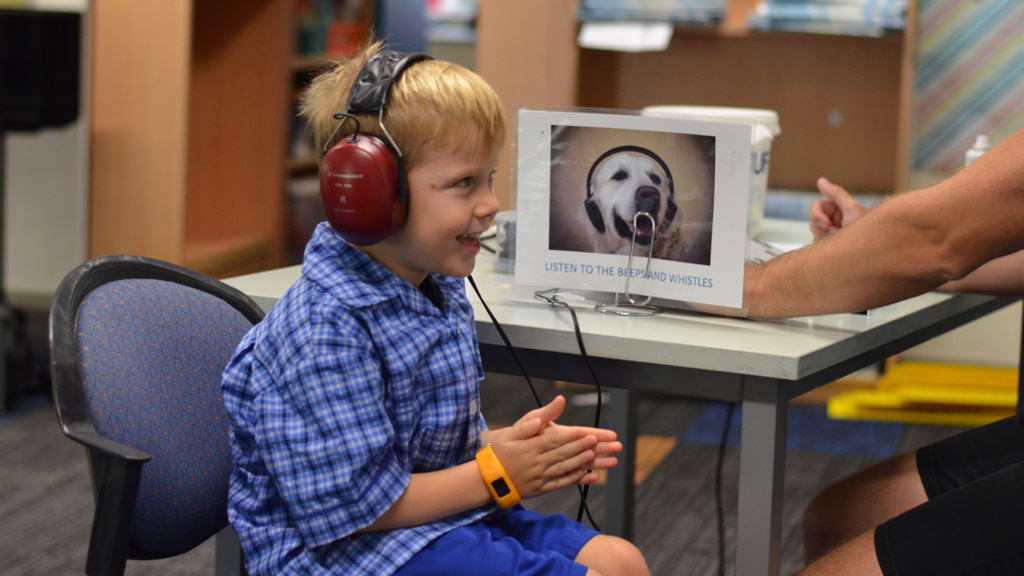
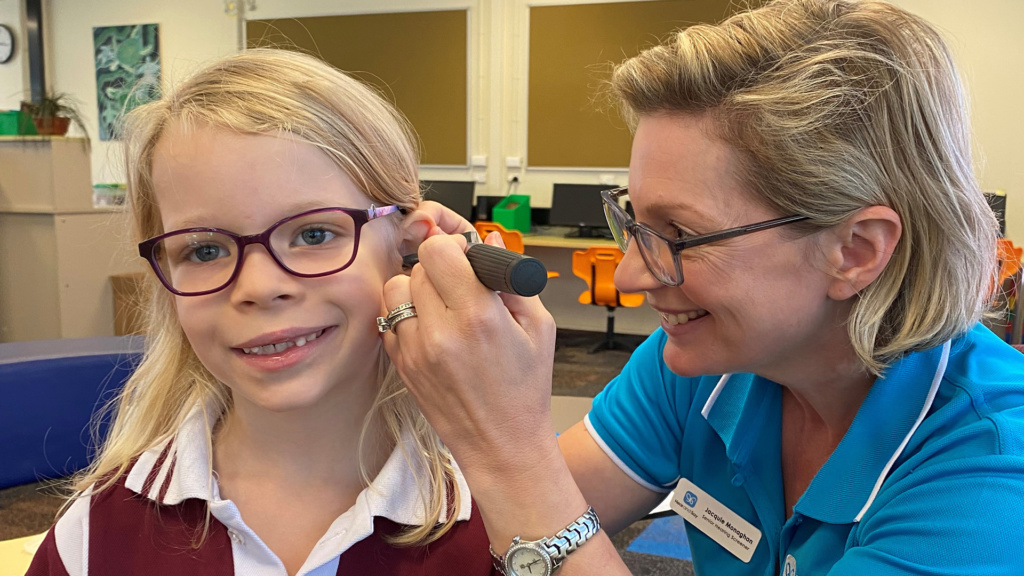
How hearing tests work in schools?
Our three-stage hearing assessment includes:
Otoscopy
Examination of the ear canal and ear drum for both ears.
Tympanometry
Testing of the function of the middle ear (for both ears) and checking for signs of colds or infections
Pure tone audiometry
Hearing test for each ear under headphones, providing information on a person’s ability to hear sounds that are important for language and speech development.
Up to 23 per cent of students are found to have an ear health or hearing issue
If we find anything on the day of screening that requires further investigation, we contact families to explain what our tests have indicated and advise about the next steps.
For Parents
If your school has already booked Hear and Say’s Hear to Learn program, please complete the consent form below.
School hearing screening FAQs
The Hear to Learn School Screening program is targeted at Prep students, but our hearing screeners can screen any older students who you may be concerned about, or are displaying signs of hearing problems. It is the school’s decision as to what year levels are screened and how many students are screened during the screening day.
Hear and Say’s school hearing screening team are trained, experienced hearing screeners who screen over 16,000 children each year. All Hear to Learn screeners hold a valid Working with Children card (blue card) and a valid Disability Worker Screening card (yellow card).
It takes between three and five minutes to screen each student. However, this can be longer or shorter, depending on each student and their individual needs. We estimate that a team of two screeners can screen 90 students during a typical school day.
Following your screening day, an overall report for the school is prepared, giving an overview of all students screened including those who did not receive a ‘pass’ result and the reasons why. The school also receives a copy of each student’s individual report (if the parents have given consent, on the consent form, for the school to be informed).Both reports are emailed to the school within two weeks of the screening day.
Families are emailed (or mailed, if no email address is provided on the consent form) a copy of their child’s individual report within two weeks of the screening day.
Our screening team will contact parents by phone on the day of screening to discuss the results if their child receives a ‘high priority refer’ result from their hearing evaluation. If families do not understand the report, recommendations or need further information, they can contact Hear and Say to speak to one of our screeners for further explanation.
Stories
Regional Queensland Listens Up for Hearing Health
School Hearing Screening Success for Sadie
Improving learning in the classroom
The noise of a classroom can make it hard for children to hear and fully participate in learning, particularly if they are having difficulty listening. Amplification systems, such as the Roger™ assistive listening devices and Roger™ SoundField, can connect directly to student’s hearing devices as well as boost the sound of the teacher’s voice for all via loudspeakers. Multimedia hubs stream the sound signal from computers, smartboard and TVs directly to the child’s hearing device, SoundField system or both.
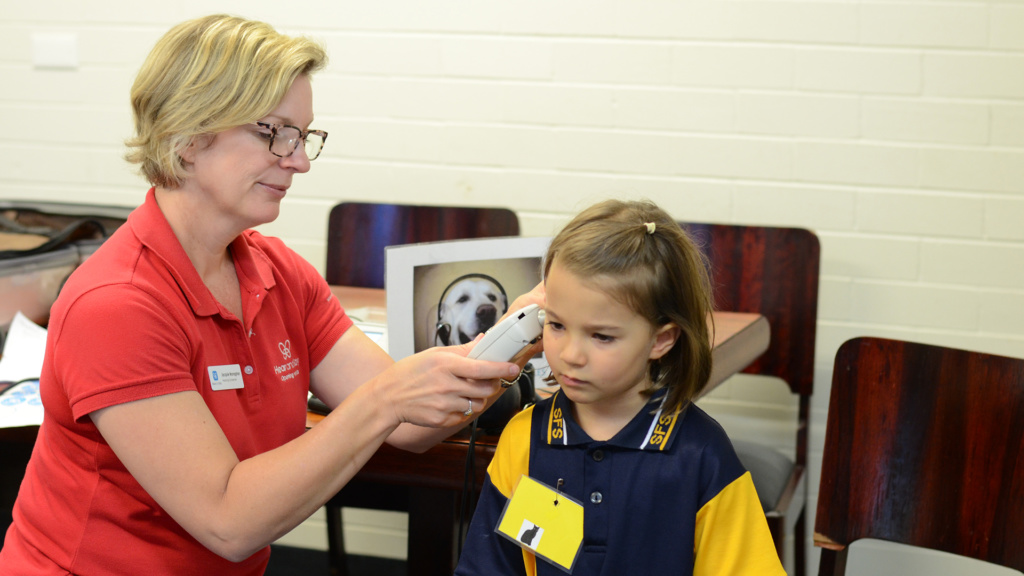
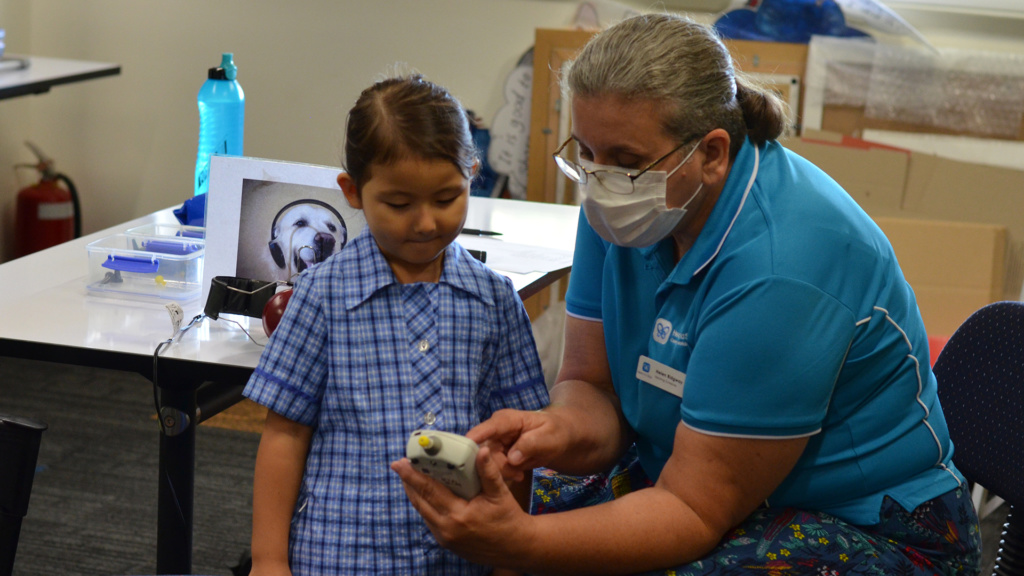
Enhancing the quality of sound, especially the teacher, can achieve:
- Quieter and calmer listening conditions
- Improved learning for all students
- Increased attention, interaction and participation
- Less time spent repeating information or instructions
- Reduced need for teachers to raise and strain their voices to be heard
- One easy-to-use system suited to all students, including those with hearing loss.
Options for classrooms include:
- Roger™ Dynamic SoundField
- Roger touchscreen mic
- Roger™ Pass-around mic
- Roger™ Multimedia Hub
- Roger DigiMaster X
- Roger™ Pen assistive listening device
Other hearing tests for children
There are a number of other hearing tests for children depending on their age, including:
Visual reinforcement audiometry (VROA)
A VROA, also commonly known as a puppet test, is commonly used for children aged between six months and three years. The VROA involves the child learning to turn towards a speaker when a loud sounds are played. When the child responds, a puppet is shown as a reward.
Play Audiometry
Play audiometry is usually used for children between two and a half or three to five years of age. This type of hearing test requires the child to listen for whistles or beeps while wearing headphones or ear inserts and respond by performing a fun task such as putting a coin in a piggy bank or a piece in a puzzle.
Hearing test
Once children are older, over about five years old, they’re shown how to press a button or raise their hand when they hear a sound during their hearing test – similar to a standard hearing test for adults.
Get the latest updates...
Keep up-to-date with our latest news, information, events and more.
"*" indicates required fields
ABN 32 058 430 069
Acknowledgement of country
We acknowledge the Traditional Custodians of all the lands on which we meet, work and live, and pay our respect to Elders, past, present and emerging. We respect their continuing culture and the contributions Aboriginal and Torres Strait Islander peoples make through their resilience and strength.
Privacy Policy | Accessibility Statement
Copyright © 2024 – All Rights Reserved
29 Nathan Avenue, Ashgrove Qld 4060 ABN 32058 430 069
Acknowledgement of country
We acknowledge the traditional custodians of all the lands on which we meet, work and live and recognise that this land has always been and always will be Aboriginal and Torres Strait Islander land.
- Privacy Policy
- Contact Us
- Copyright © 2024 - All Rights Reserved


